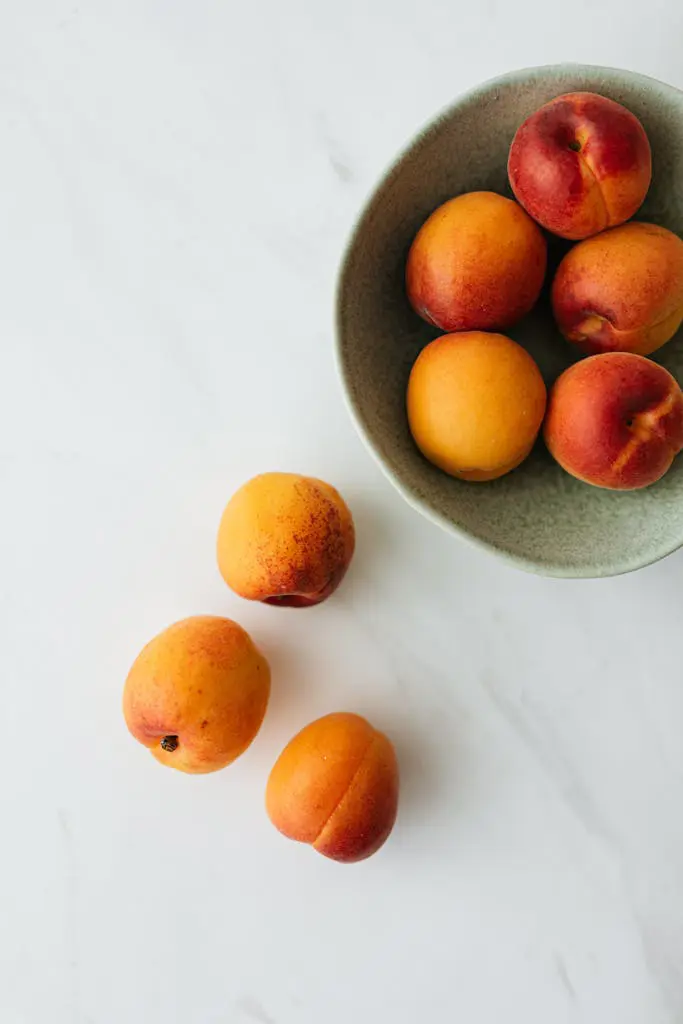How To Pick A Good Peach

There are different types of peaches and selecting the perfect peach requires careful attention to sensory details that go beyond a simple visual inspection. Fruit lovers know that selecting a great peach is a multi-factor process.
Color is the initial indicator of a peach's potential, with ripe fruits assuming a deep golden hue that reflects truly delicious flavor to be unleashed. When examining peaches, touch becomes a critical tool for determining quality.
When squeezed gently, a perfectly ripened peach will yield slightly to pressure, offering the texture of softness that says juicy sweetness. Experienced buyers have learned to trust their sense of smell, as a highly fragrant peach is assuredly at its peak state.
Unripe peaches will feel hard and have little to no aroma, while overripe fruits become mushy and less vibrant. Choose those with smooth skin that is free of blemishes and has a warm, rich color from golden yellow to deep orange.
The greatest peaches have an arousing, sweet aroma, which gives a clue as to the flavor that may lie inside. Some fruits will look good but may miss the two most important components that truly make a peach great: texture and fragrance.
Careful selection means that you will go home with fruit that is ready to use immediately or will be fully ripe in just a few days.













